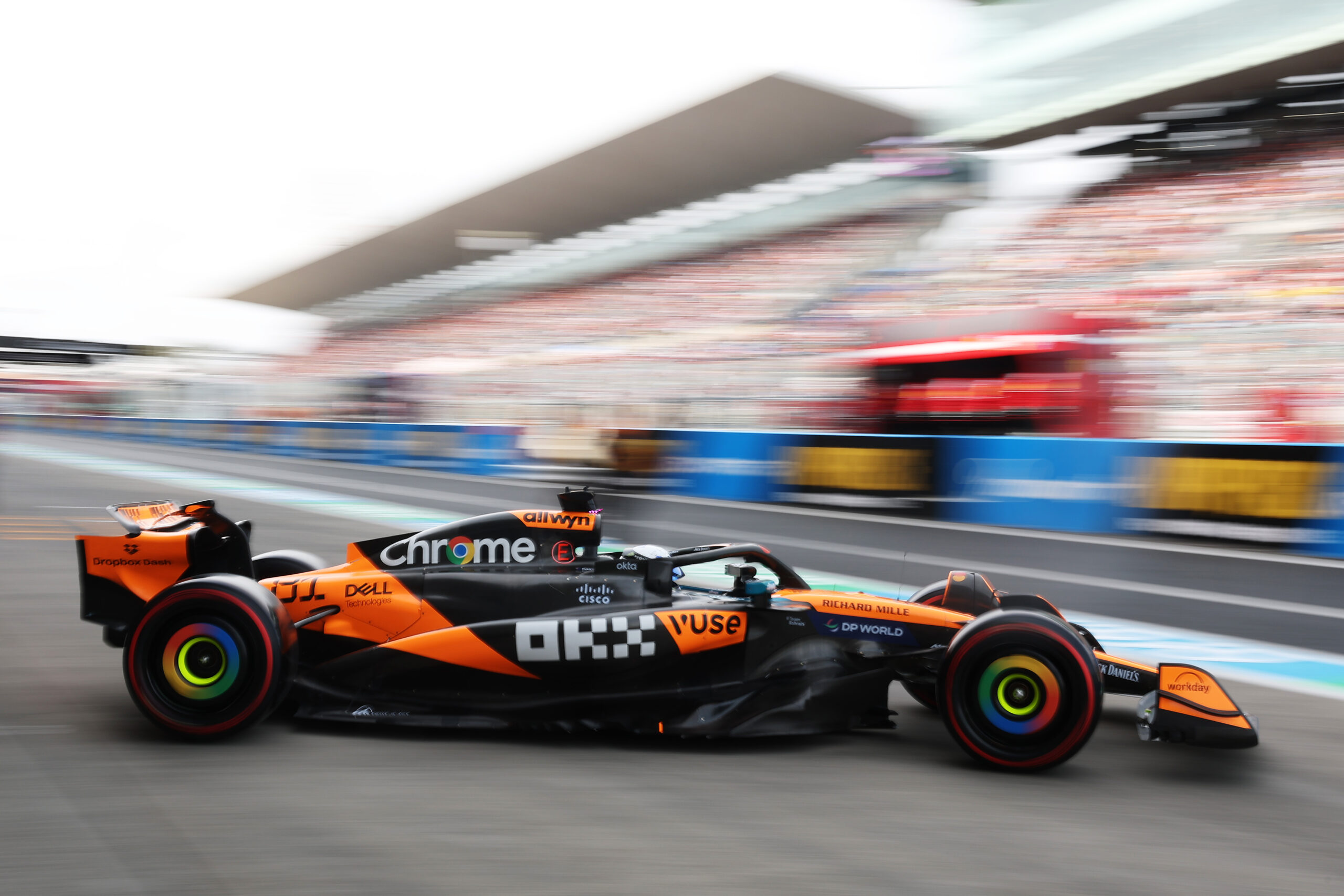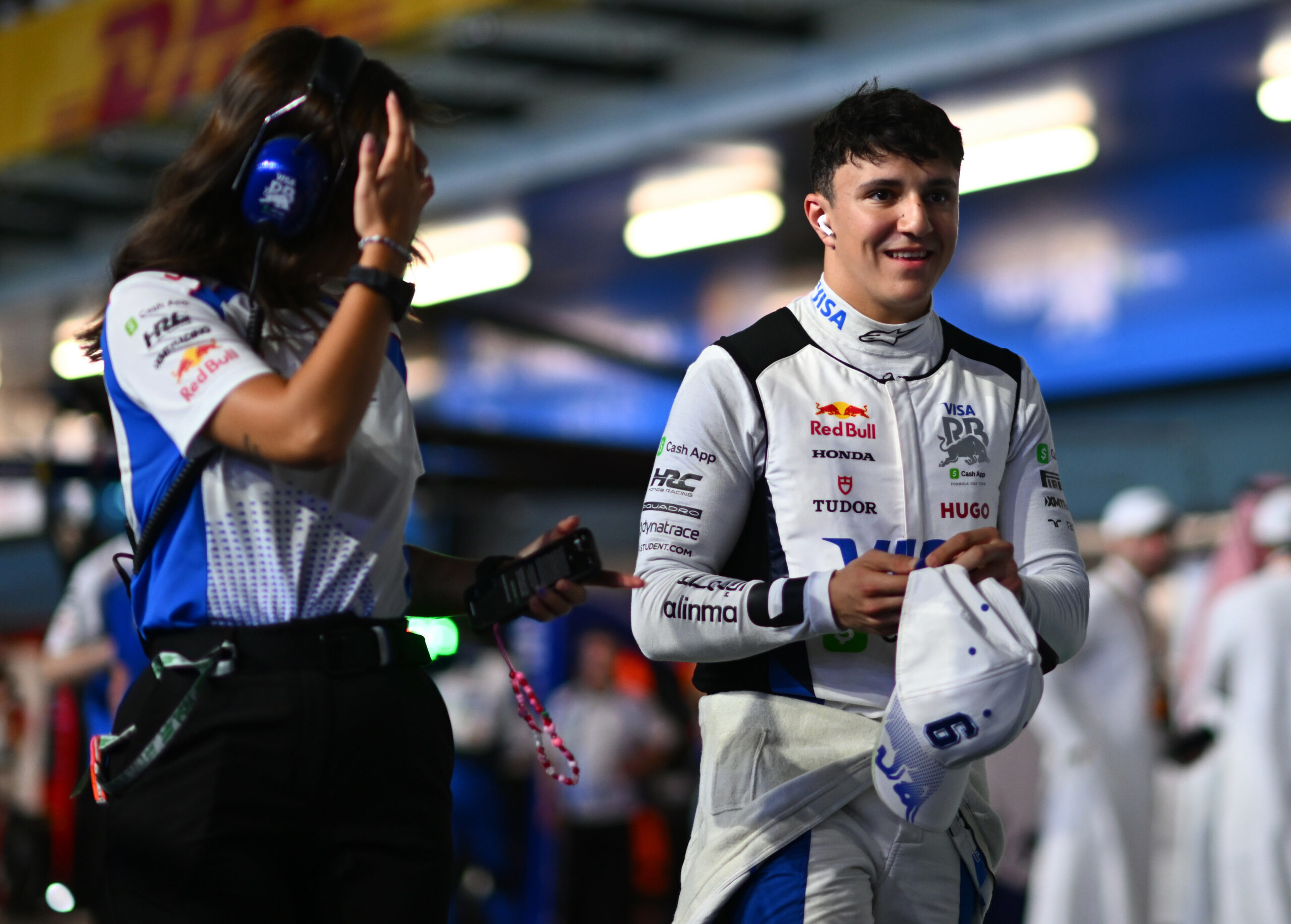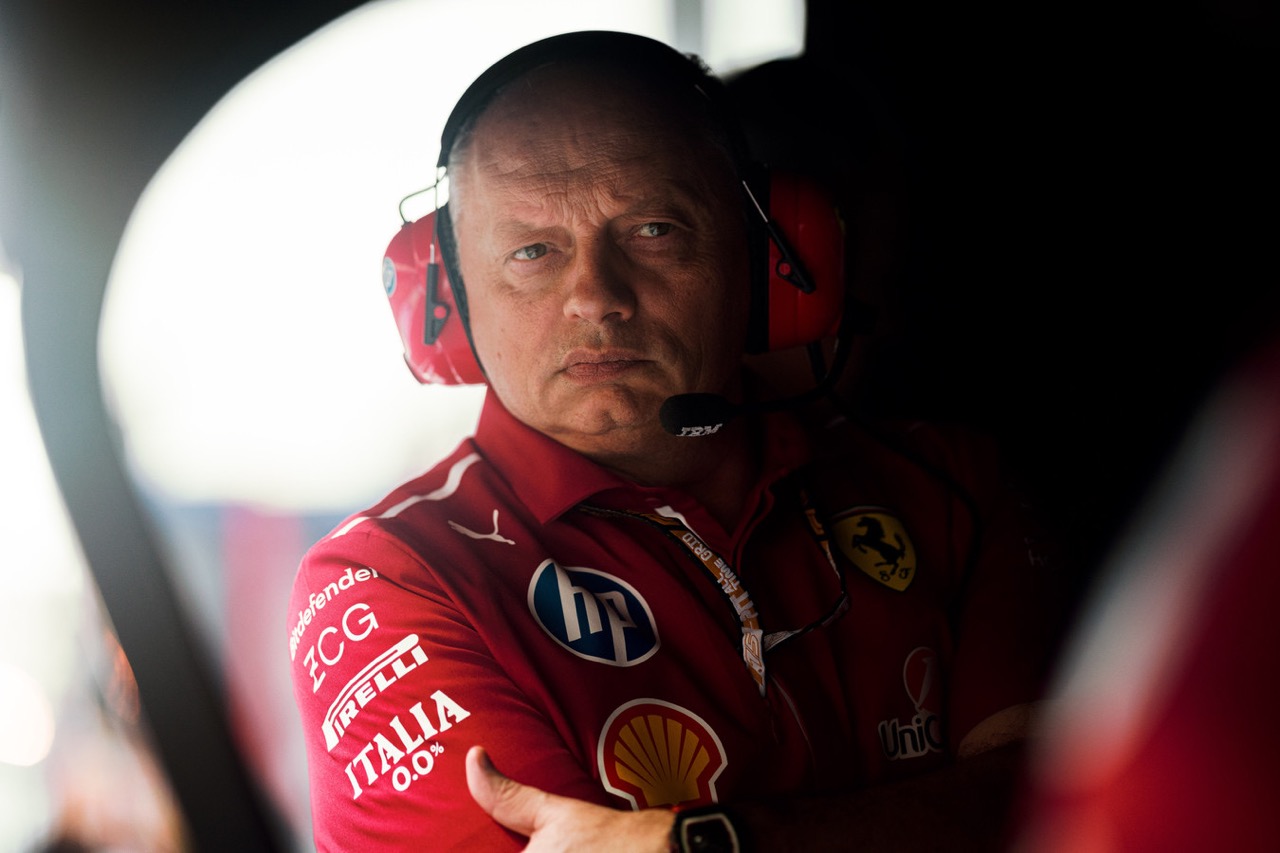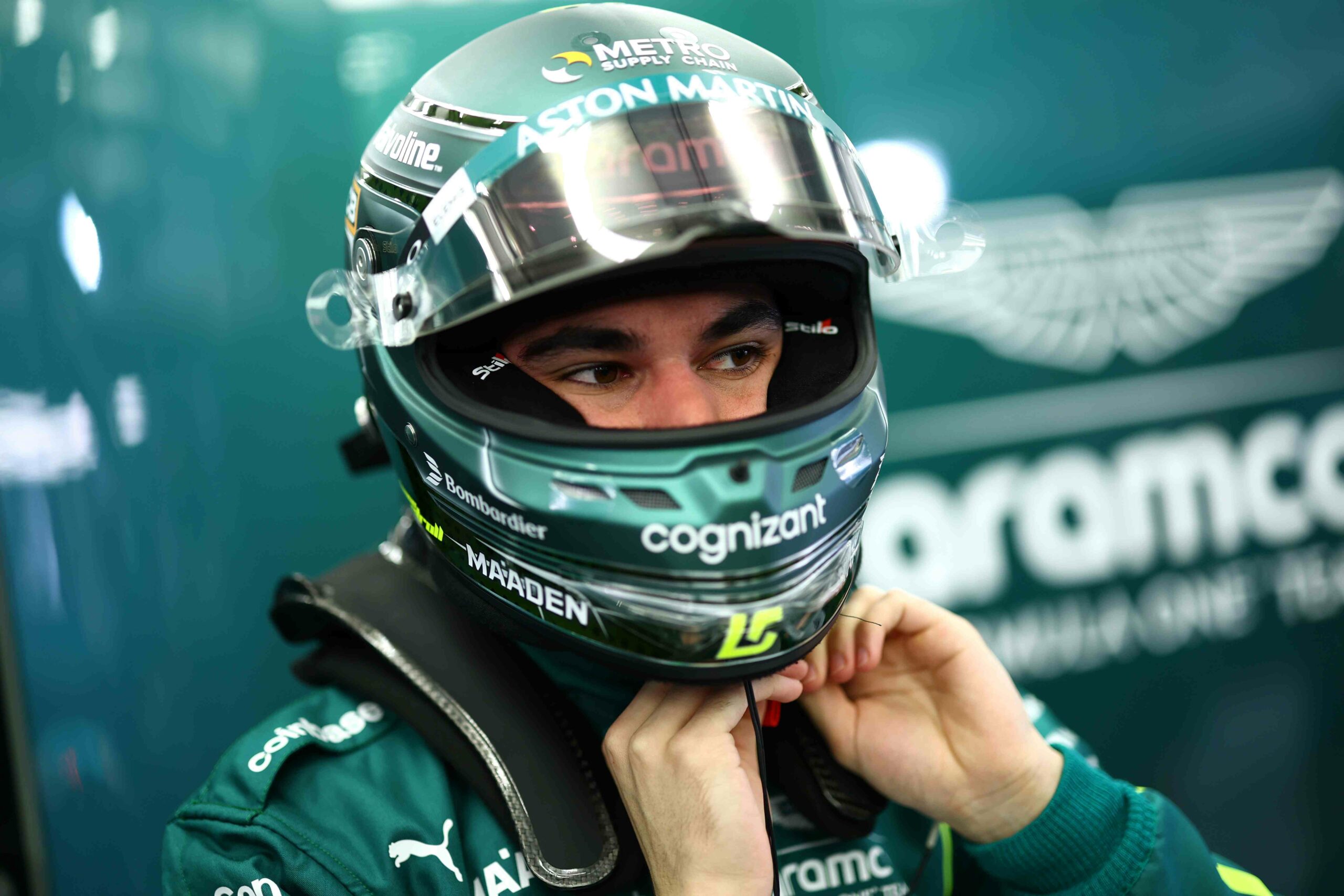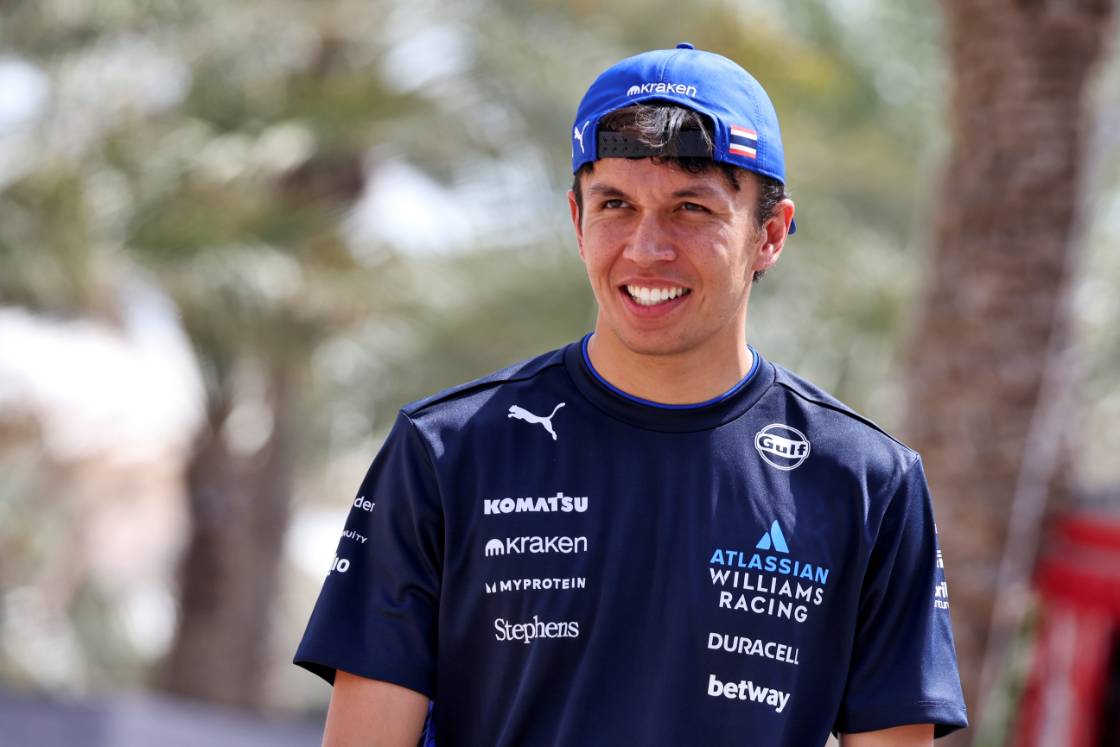McLaren drivers Lando Norris and Oscar Piastri qualified P2 and P3 in their MCL39 cars for the F1 Japanese GP after a stunning lap by Max Verstappen put him on pole. McLaren Team Principal, Andrea Stella, sheds light on where the two McLarens can improve going forward in the season.
Stella deems Norris’s struggle on first Q3 attempt a non-issue
In a print media session following Japanese GP qualifying, Stella was asked about how British driver Lando Norris has been noted to struggle on his first attempt in qualifying sessions this year. He was half a second off after the opening run, down in P5.
The team principal outlined the track and weather factors at Suzuka that contribute to this, also pointing out that Norris is not the only one struggling with this issue.
“I think in terms of putting the first lap together, I don’t think this was specific to Lando; I think it was more general, especially I think both the first day and then the second day with the change of wind direction, the drivers needed to understand where the grip was.
“For instance, today, the first session in the FP3, the drivers needed to learn again where the grip was because the wind was opposite to yesterday, so I don’t think there’s a specific issue for Lando from this point of view.”
Norris’s McLaren certainly did not lack pace in qualifying as a whole. He claimed the fastest sector one time of the whole session with a time of 30.358s.
Stella: McLaren has identified a specific area where they can help Norris improve his feeling with the MCL39
Stella shared that the McLaren team have singled out an issue that is holding back Norris from the full potential of the MC39. The Italian team principal claims that solving this issue would potentially improve his first attempts in qualifying sessions. Throughout 2025, the British star has explained the car does not suit his driving style.
“If anything, we know that with Lando, there’s one aspect of the car that we need to improve to give him a little bit more of a natural flow when having to deliver the first lap, I would say.
“I think this has been now very well identified and we plan to do some further work in the coming races to see if we can get the car to more naturally do what he expects and thinks that should be possible from the car.”
According to Stella, this issue lies on Norris’s input as a driver, and is causing friction between him and the car.
“I think it’s to do with the driver’s input to the car and the response of the car to this input, which, at the moment, I think it’s a little too sensitive.”
When asked if the problem hypothetically has to do with the McLaren steering suspension, Stella did not want to give out any kind of technical information.
“I’m not going to comment.”
Differences in comfortability with the car between Norris and Piastri
Oscar Piastri is not facing this friction with the car. The Australian driver has been noted for his consistent pace throughout qualifying sessions so far this year.
“I think Oscar is, in relation to the specific area of the car, seems to be more comfortable. Like Oscar, he has some other aspects in which he needs to get slightly more comfortable.”
Stella identified that Piastri has had some difficulties with the first sector at the Japanese GP, turn two specifically. Piastri makes up for his struggle with the first sector on the final run with a consistent dominant pace in the second and third sectors at Suzuka. The Aussie holds the fastest second and third-sector times in the Saturday qualifying session.
“For him, sector 1 today and corner 2 in particular was a little bit of a hit and miss. Unfortunately, he missed it in the second attempt of Q3 because the rest of the lap was just amazing. To be honest, after we had seen the first sector, we thought the lap was gone for Oscar, but then he managed to put together two purple sectors in 2 and 3.”
The McLarens are serious championship contenders this season, but there are still places where each of the drivers can improve. These areas of improvement, as Stella points out, are very different from one driver to the other.
“I have to say that the two drivers, if anything, at the moment, when really trying to nail the car at the limit, have slightly different requirements in terms of what they expect naturally from the car and what they get back from the behaviour of the car. From both sides of the garage, we have some opportunities to work on.”

